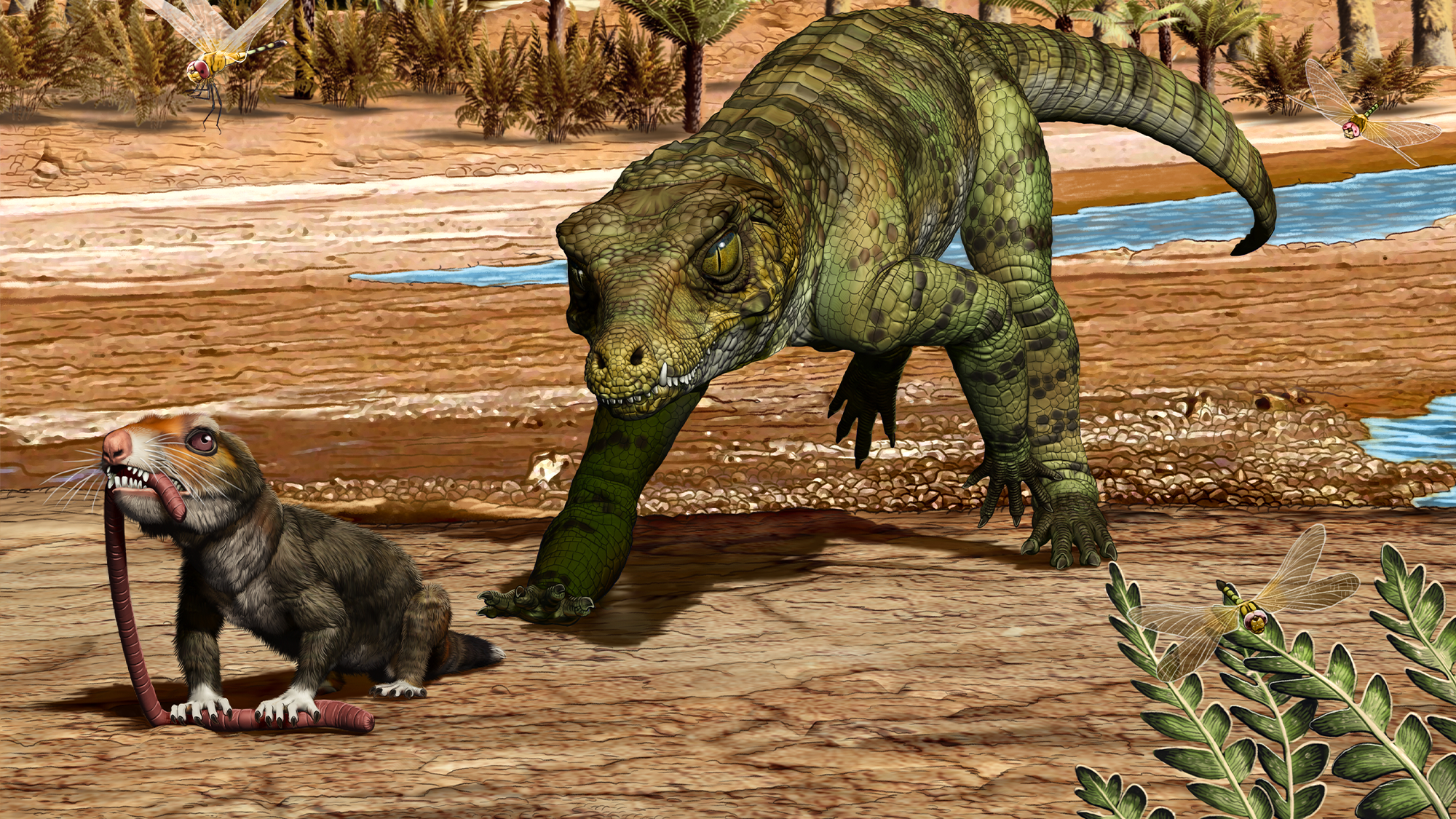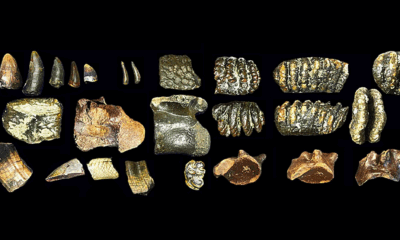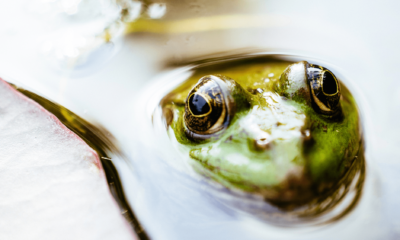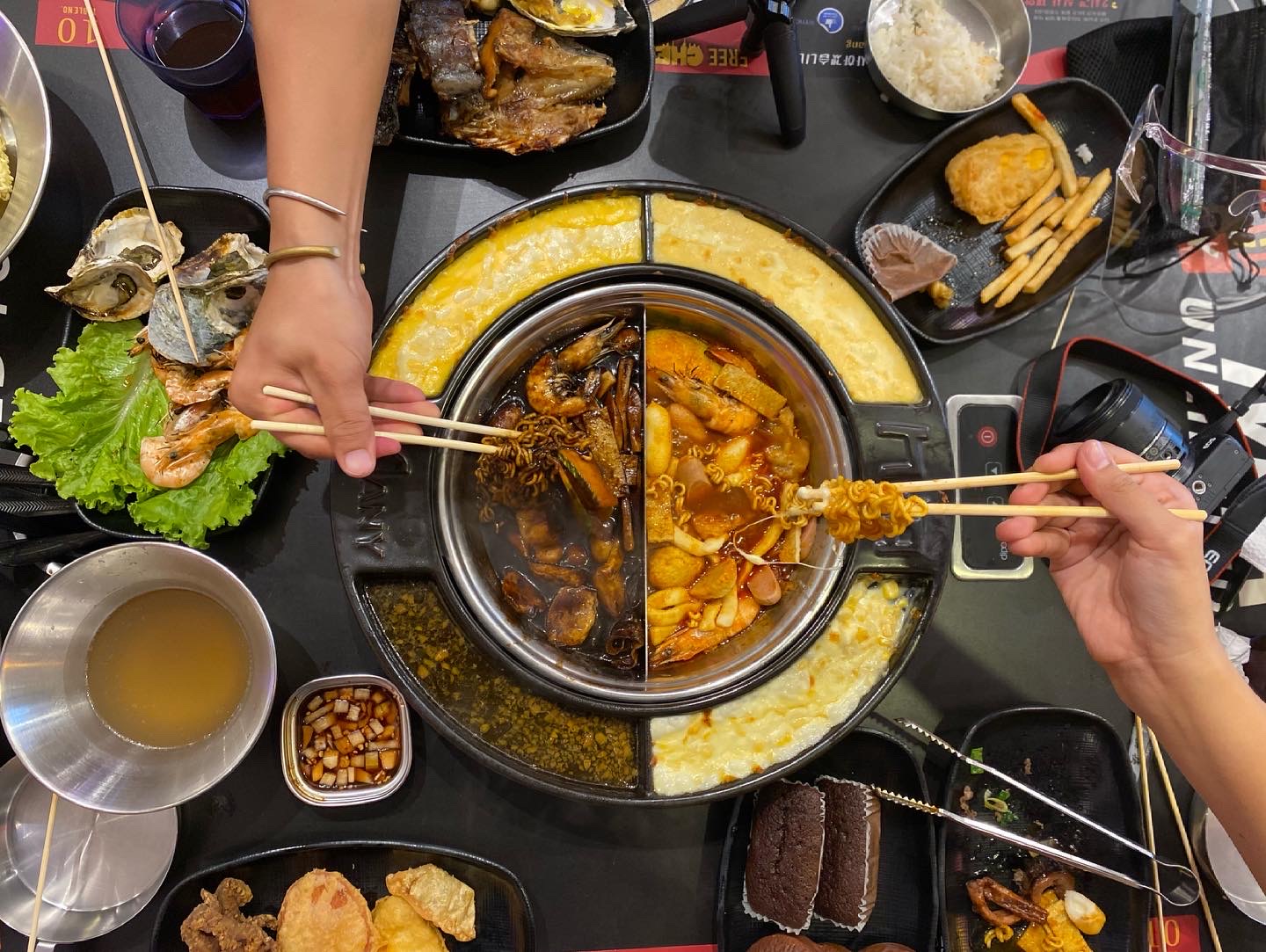Gadgets
Crocodile ancestors survived two mass extinctions—here’s how

Staring at a crocodile or alligator can feel like looking back in history to the age of the dinosaurs. Their ancestors have survived two mass extinctions over 230 million years and scientists have uncovered a new secret to their evolutionary success and longevity. The prehistoric relics are remarkably flexible in both what they eat and where they get it. The findings are described in a study published April 16 in the journal Palaeontology.
Nevertheless, the crocodylians persisted
In its 4.5 billion year history, Earth has undergone five mass extinctions and we are potentially in a sixth era of mass death. Today’s crocodylians are the surviving members of a lineage called crocodylomorphs. This lineage is about 230 million years old and includes modern crocodiles, alligators, and gharials and their numerous extinct relatives.
“Lots of groups closely related to crocodylians were more diverse, more abundant, and exhibited different ecologies, yet they all disappeared except these few generalist crocodylians alive today,” Keegan Melstrom, a study co-author and paleontologist at the University of Central Oklahoma (UCO), said in a statement. “Extinction and survivorship are two sides of the same coin. Through all mass extinctions, some groups manage to persist and diversify. What can we learn by studying the deeper evolutionary patterns imparted by these events?”
Living crocodylians are semi-aquatic generalists that thrive in spaces like lakes, rivers, and marshes, where they patiently wait to ambush unsuspecting prey. They are the opposite of picky eaters. Young crocodylians will eat tadpoles, crustaceans, or insects before graduating up to fish, baby deer, and even other crocs.
Pinpointing the traits that boost survivorship during more stable periods and times of planetary upheaval might help scientists and conservationists protect today’s most vulnerable species. Mammals have typically been regarded as the best group to use to study mass extinction survival, since we have a generalist diet that allows us to thrive in different habitats. However, the crocodylomorphs have been ignored despite their survival skills.
‘After that, it goes bananas’
In this new study, the team reconstructed the dietary ecology of crocodylomorphs to identify characteristics that helped some groups persist and thrive through two mass extinctions. Crocodylomorphs survived both the end-Triassic mass extinction (roughly 201.4 million years ago) and the end-Cretaceous mass extinction (about 66 million years ago), which killed all non-avian dinosaur species.
“There’s a danger of trying to draw conclusions from millions of years ago and directly apply it to conservation. We have to be cautious,” study co-author Randy Irmis, curator of paleontology at Natural History Museum of Utah and a professor at the University of Utah, said in a statement. “If people study mammals and reptiles and find the same patterns with respect to extinction survival, then we might predict that species with a generalist diet may do better. That information helps us make predictions, but it’s unlikely we’ll ever be able to pick out which individual species will survive.”
[ Related: Say hello to the surprising crocodile relative Benggwigwishingasuchus eremicarminis.]
During the Late Triassic Period (about 237 to 201.4 million years ago), a broader evolutionary group that includes early crocodylomorphs and many other extinct lineages called Pseudosuchia ruled the land. The earliest crocodylomorphs were small-to-medium-sized and were somewhat rare in their ecosystems. They were carnivores that mostly ate small animals. By comparison, other pseudosuchian groups dominated on land, had a wider range of ecological roles, and were diverse in both body shape and size.
Once the end-Triassic extinction struck, no non-crocodylomorph pseudosuchians survived despite being so dominant. The more hyper-carnivore crocodylomorphs also appeared to die off. The land-dwelling generalists survived. The team hypothesizes that this ability to eat almost anything was behind their success, while so many other groups went extinct.
“After that, it goes bananas,” said Melstrom. “Aquatic hypercarnivores, terrestrial generalists, terrestrial hypercarnivores, terrestrial herbivores—crocodylomorphs evolved a massive number of ecological roles throughout the time of the dinosaurs.”
However, something happened during the Late Cretaceous Period that caused crocodylomorph numbers to drop. The lineages with more diverse ecologies began to disappear, even the terrestrial generalists. By the end-Cretaceous mass extinction event, most of the survivors were the semiaquatic generalists and one group of aquatic carnivores. Nearly all of today’s 26 crocodylians are semiaquatic generalists.
Jack Rodgers
Teeth tell the tale
To figure out what these long-gone reptiles were likely eating, the team analyzed the shape of fossilized teeth and skulls. For example, a jaw with tiny knife-like teeth indicates that an organism was likely slicing and puncturing flesh. A more mortar-and-pestle-like mouth indicates that an animal was probably breaking down more plant tissue. The skull shape also shows how an animal moves its mouth, providing yet another clue to eating habits.
They studied the skulls of 99 extinct crocodylomorph species and 20 living crocodylian species, to create a fossil dataset spanning 230 million years of evolutionary history. They compared it with a previously-built database of living non-crocodylians, which included 89 mammals and 47 lizard species.
As semiaquatic ambush predators, modern crocodylians play similar ecological roles in various environments. Their flexible diets may be a result of their diverse evolutionary history.
For critically endangered crocodylians like the gharial and the Cuban crocodile, dietary flexibility could help them survive in today’s ecological challenges due to climate change. The main threats to these endangered species are human hunting and habitat loss.
“When we observe living crocodiles and alligators, we should appreciate their incredible 200+ million years of evolution and their ability to survive numerous turbulent events in Earth’s history,” said Irmis. “Crocodylians are well-equipped to adapt to future changes if we are willing to help preserve their habitats.” Please rewrite the following sentence: “The cat sat lazily in the sun, grooming its fur.”
The cat lounged in the sunlight, leisurely grooming its fur.
-

 Destination8 months ago
Destination8 months agoSingapore Airlines CEO set to join board of Air India, BA News, BA
-

 Breaking News10 months ago
Breaking News10 months agoCroatia to reintroduce compulsory military draft as regional tensions soar
-

 Tech News12 months ago
Tech News12 months agoBangladeshi police agents accused of selling citizens’ personal information on Telegram
-

 Gadgets3 months ago
Gadgets3 months agoSupernatural Season 16 Revival News, Cast, Plot and Release Date
-

 Productivity11 months ago
Productivity11 months agoHow Your Contact Center Can Become A Customer Engagement Center
-

 Gadgets3 weeks ago
Gadgets3 weeks agoFallout Season 2 Potential Release Date, Cast, Plot and News
-

 Breaking News10 months ago
Breaking News10 months agoBangladesh crisis: Refaat Ahmed sworn in as Bangladesh’s new chief justice
-

 Toys12 months ago
Toys12 months ago15 of the Best Trike & Tricycles Mums Recommend























